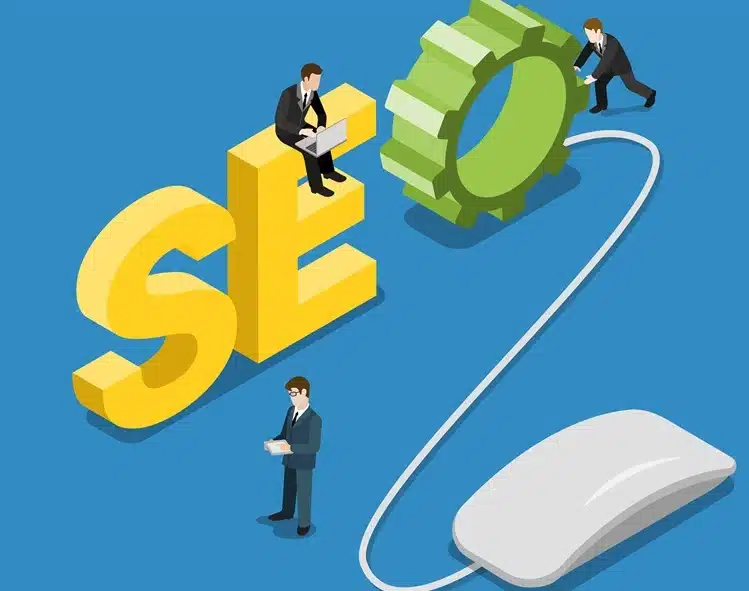In today’s digital age, where online presence is crucial for businesses, optimizing website speed has become more than just a technical concern—it’s a strategic advantage. Website speed not only affects user experience but also plays a significant role in search engine optimization (SEO) rankings. This article explores the impact of website speed optimization on SEO rankings, providing insights into why it matters and how businesses can leverage it for better visibility and engagement.
Introduction to Website Speed Optimization
Website speed refers to how quickly a web page loads its content and elements. It is influenced by various factors, including server performance, page structure, image sizes, and code efficiency. A fast-loading website enhances user satisfaction by providing a seamless browsing experience, reducing bounce rates, and increasing engagement metrics such as time on site and page views.
Importance of Website Speed for SEO
Search engines, notably Google, prioritize user experience as a key ranking factor. Website speed directly influences user experience, making it a critical element for SEO. Here’s how website speed impacts SEO rankings:
- Higher Search Engine Ranking: Google’s algorithm considers page speed as one of the signals used by its ranking algorithms. Faster websites tend to rank higher in search engine results pages (SERPs) compared to slower-loading counterparts, assuming other SEO factors are equal.
- Improved Crawlability: Search engine bots crawl and index websites more efficiently when they load quickly. This means that search engines can index more pages within a given time, potentially improving the visibility of a website’s content in search results.
- Reduced Bounce Rates: Users are more likely to abandon websites that take too long to load. A high bounce rate signals to search engines that the content may not be relevant or the user experience is poor, which can negatively impact SEO rankings.
- Enhanced User Experience: Fast-loading websites provide a positive user experience, leading to increased user satisfaction and retention. This, in turn, can lead to higher engagement metrics and repeat visits, further boosting SEO performance.
Strategies for Website Speed Optimization
To maximize the benefits of website speed optimization, businesses can implement the following strategies:
- Optimize Images and Videos: Compress images and videos to reduce file sizes without compromising quality. Use formats such as JPEG and PNG for images and MP4 for videos, and leverage lazy loading techniques to prioritize loading visible content first.
- Minimize HTTP Requests: Reduce the number of elements on each page, such as scripts, stylesheets, and fonts, to minimize the number of HTTP requests needed to render the page.
- Enable Browser Caching: Set expiration dates for static resources (e.g., images, CSS, JavaScript) to instruct browsers to store these files locally. This decreases server strain and improves website load times for returning visitors.
- Use Content Delivery Networks (CDNs): CDNs distribute website content across multiple servers worldwide, delivering it from the nearest server to the user’s location. This lowers latency and speeds up loading times, particularly for viewers throughout the world.
- Optimize Code and Scripts: Minify HTML, CSS, and JavaScript files to remove unnecessary characters (e.g., comments, whitespace) and combine multiple files into one where possible. This speeds up loading times and lowers file sizes.
- Prioritize Above-the-Fold Content: Load critical above-the-fold content first to ensure users can start interacting with the page immediately, even if other elements load asynchronously.
Conclusion
Website speed optimization is not just about improving technical metrics; it directly impacts SEO rankings and user experience. By prioritizing fast-loading websites, businesses can enhance their online visibility, reduce bounce rates, and ultimately drive more organic traffic from search engines. Implementing effective speed optimization strategies, such as image compression, minimizing HTTP requests, and leveraging CDNs, can significantly boost SEO performance and contribute to overall digital marketing success.
In conclusion, investing in website speed optimization is a strategic decision that pays dividends in terms of SEO rankings, user satisfaction, and business growth in the competitive online landscape. By focusing on improving load times and user experience, businesses can position themselves for greater visibility and success in search engine results.



